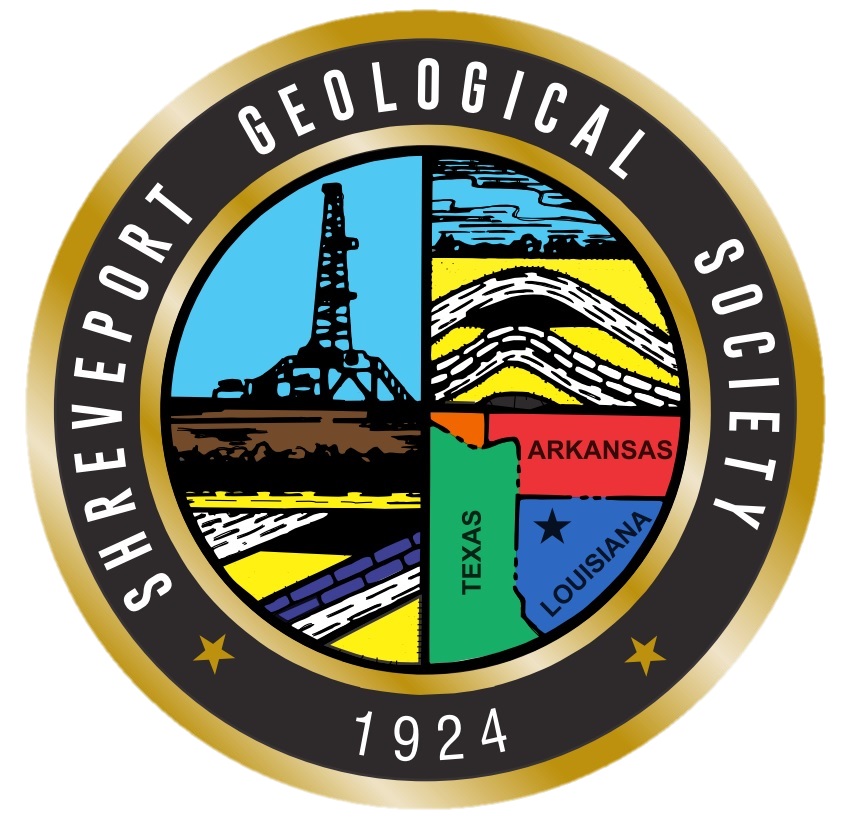When: 6:00PM
Where: The Petroleum Club of Shreveport
Cost: $40 per person
This includes food, wine, tax, and tip!
If you’d like a seat, kindly use the form below to make and pay for your reservation(s).
We encourage members to invite guests, spouses, and friends to any of our meetings.
Abstract
The much-vilified gas, carbon dioxide or CO2, is in fact a benefit to life on Earth. The greening of Earth from the modest increases of CO2 over the past century are already evident from satellite monitoring of Earth's surface vegetation. CO2 is indeed a greenhouse gas, but its effects on Earth's climate will be very small and benign. The basic scientific data that supports these truths will be discussed.
Biography
William (Will) Happer, the Cyrus Fogg Bracket Professor of Physics and one of the pioneers in the field of optically polarized atoms, is transferring to emeritus status at the end of this academic year. Will is known for developing rigorous theories to analyze his elegant atomic physics experiments as well as for extensive service to Princeton and the U.S. government. His research has initiated several vibrant fields outside of atomic physics.
Will was born in Vellore, India, on July 27, 1939. He and his mother, Gladys Morgan Happer, a medical missionary, soon came back to the United States while his father, Colonel William Happer, served with the Indian Army in the Middle East and North Africa during World War II. Will was on one of the few ships from India to the United States that was not sunk by U-boats. Near the end of the war, he lived in Oak Ridge, Tennessee, where his mother served as the first medical doctor at the Oak Ridge National Laboratory. The lab was started as a part of the Manhattan Project. The excitement of this childhood experience probably led to Will’s career in physics.
Will received a B.S. in physics from the University of North Carolina in 1960. Under the supervision of Professor Donald Hamilton, he received his Ph.D. in physics from Princeton University in 1964. His thesis focused on measurements of spins and magnetic moments of radioactive nuclei, a topic of considerable interest at the time because of its connection with the nuclear shell model. He began his academic career in 1964 at Columbia University’s Department of Physics, where he was privileged to get to know his “scientific grandfather,” I. I. Rabi, and where he became interested in applications of optically polarized atoms in atomic and nuclear physics.
Will’s early work focused on the spin polarization of alkali-metal atoms (sodium, potassium, rubidium, cesium). He was one of the first to investigate the effects of light with a wavelength slightly different from the atomic resonance, and he studied several effects including the rotation of the light polarization and Raman atomic transitions. These have become mainstays of modern atomic physics. In what has become a trademark of all his research, Will combined experimental measurements with the development of rigorous theoretical models and simple intuitive explanations. He also studied the unique properties of spin relaxation collisions between alkali-metal atoms, which led, 30 years later, to the development of precision alkali-metal clocks and magnetometers. In addition to his scientific work at Columbia, he served as a co-director and director of the Columbia Radiation Laboratory that was established by I. I. Rabi during World War II.
After arriving in Princeton as a professor of physics in 1980, Will began to investigate methods for polarizing nuclear spins of noble gas atoms by spin-exchange collisions with alkali-metal atoms, an effect that was first observed by Professor Thomas Carver at Princeton. Will was one of the first to realize the importance of van der Waals molecule formation during collisions between atoms, and he developed a detailed theory of spin-exchange optical pumping. Based on this theory and detailed experimental studies, he devised the crucial experimental techniques for producing large quantities of noble gases with high nuclear polarization. Such “hyperpolarized” gases have found many diverse applications.
An initial motivation for producing large nuclear spin polarizations was to use 3He (or Helium-3) as a polarized target in high-energy scattering experiments in order to investigate nuclear interactions and spin structure. The techniques developed in Happer’s group have been used in electron scattering experiments at the Stanford Linear Accelerator Center and are now being used at the Thomas Jefferson National Accelerator Facility in a variety of nuclear physics experiments.
Once large quantities of polarized noble gases could be produced, it became apparent that they would find many uses outside of pure physics. One of the most dramatic applications is the magnetic resonance imaging of the lungs. Since noble gases are generally inert, they can be safely inhaled, leading to beautiful images of lung air spaces that could not be obtained by any other means. Will and his collaborators started a company to commercialize this technology, which eventually became part of General Electric. Today, dozens of research groups in the world are exploring biological applications of nuclear spin polarized noble gases.
Will is also known for his extensive government service. Since 1976, he has been a member of JASON, a group of scientists and engineers who advise the federal government on matters of defense, intelligence, energy policy, and other technical problems. While participating in the 1982 JASON summer study, he proposed to use a thin sodium layer in the upper atmosphere as a source of an artificial guide star to correct the “seeing” distortions in optical telescopes due to the effects of atmospheric turbulence. The sodium layer is excited from the ground with a laser and adaptive optics are used with real-time feedback to cancel the distortions. Today, most large optical telescopes use such laser guide-star systems. From 1987 to 1990, Will served as chair of the steering committee of JASON.
From 1991 to 1993, Will served in President George H. W. Bush’s administration as the director of energy research in the Department of Energy, where he oversaw a basic research budget of roughly $3 billion. His responsibilities included directing much of the federal funding for high energy and nuclear physics, materials science, magnetic confinement fusion, environmental science, the human genome project, and other areas. More recently, he chaired the National Academy of Sciences’ Panel on Nuclear and Radiological Issues and the National Research Council’s standing committee on improvised explosive devices.
His University service includes being the chair of the University Research Board from 1995 to 2005. He has published over 200 scientific papers. He is a fellow of the American Physical Society and American Association for the Advancement of Science, and a member of the American Academy of Arts and Sciences, the National Academy of Sciences, and the American Philosophical Society. He was awarded the 1997 Broida Prize and the 1999 Davisson-Germer Prize of the American Physical Society.






































